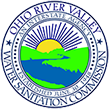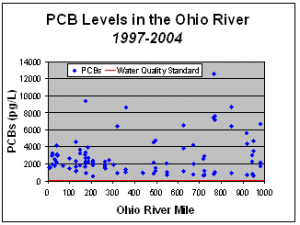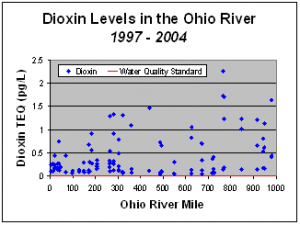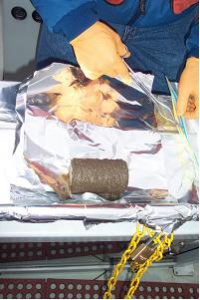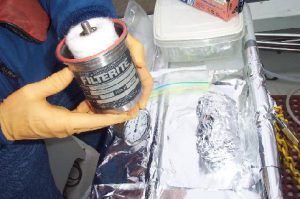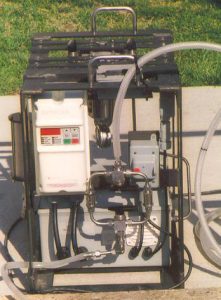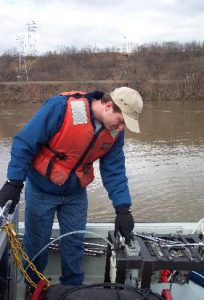The Ohio River Valley Water Sanitation Commission (ORSANCO) is currently using a sampling technique called high-volume water sampling to quantify instream concentrations of dioxin, PCBs and chlordane in the Ohio River and its major tributaries. The US EPA water quality standard for dioxin is 0.013 parts per quadrillion (ppq). This water quality standard and typical ambient water column concentrations are well below current analytical detection limits of 1-10 ppq. High-volume water sampling, however, is a new technique that for the first time allows for the direct measurement of instream dioxin concentrations at levels below the established water quality criterion.
The basic principle of high-volume water sampling is to filter a large volume of water in order to collect a sufficient amount of dioxin, such that it can be detected by existing analytical methods. This process is accomplished by first drawing the river water through glass fiber filters that separate and collect the suspended solids. The filtered water then passes through stainless steel columns filled with a hydrophobic resin that extracts the dioxin present in the dissolved phase. The filters and columns are then analyzed separately to quantify dioxin levels in both the particulate and dissolved phases.
ORSANCO has successfully quantified in-stream concentrations of dioxin and PCBs by filtering 1000 liters of river water through the sampling apparatus over an 8 to 12 hour period. Samples can be collected from a boat or from fixed structures. Since dioxin strongly binds to particulate matter in water, grab samples are collected during each sampling event and analyzed for total suspended solids (TSS) in order to characterize sediment transport.
Graphs of dioxin and PCBs levels measured in the Ohio River are provided below.
Files
| High Volume Water Sampling | Download |
